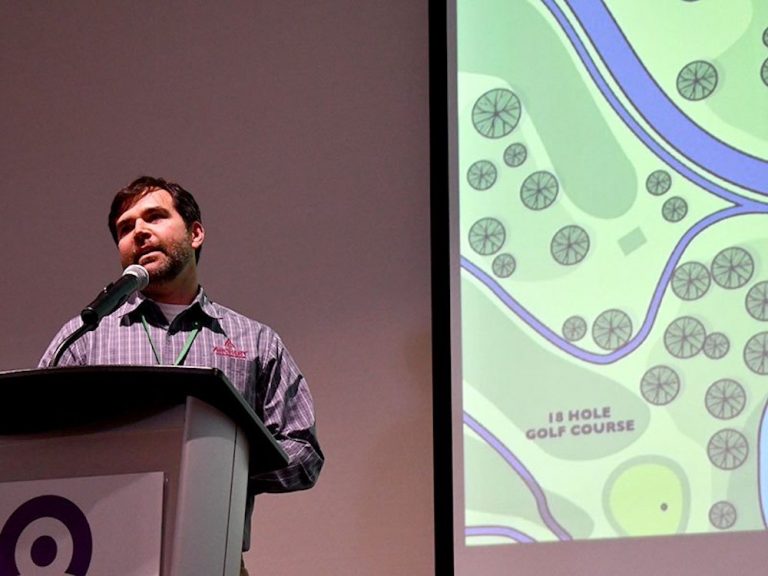The symposium also addressed audiences that may not get enough attention: nonhunters like recreational shooters and people who own firearms for home protection, for example. These groups are growing. Agencies need to be relevant to these individuals, and one way to reach them is through increased range access.
“States and others should be looking strategically at how we expand range opportunities to benefit customers that are contributing financially through equipment purchases but aren’t hunting and aren’t necessarily interested in the conservation work of state fish and wildlife agencies,” Forster said.
ATA has several resources available to members to help with R3 efforts.
The ATA’s Archery Range Guides are a great resource for agencies and organizations. They include the Community Park Guide, Temporary Range Guide and Retail Guide. In addition to the Archery Range Guides, ATA has launched the Archery Range and Program Call for Projects to facilitate efforts across the country.
The Council to Advance Hunting and Shooting Sports has also developed a National R3 Community website, which allows stakeholders to share ideas and resources. The website is a great resource to learn about the importance of R3 efforts and track trends. In 2021, hunting license sales were down by 1.9%, but they remain about pre-pandemic levels. Hunting license sales were up 4.9% in 2020, according to CAHSS. To learn more and take a look at these trends, request an invite here.
For more information about R3 initiatives, you can also contact Josh Gold, ATA’s senior manager of R3 and state relations, at joshgold@archerytrade.org or (507) 233-8145.
The best and most effective way to get involved in R3 is to work with your local R3 coordinator. You can find contact information for R3 coordinators and national partners here.




